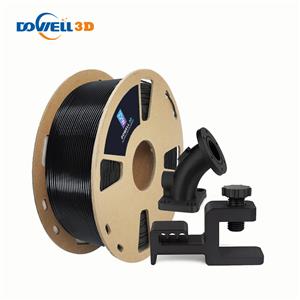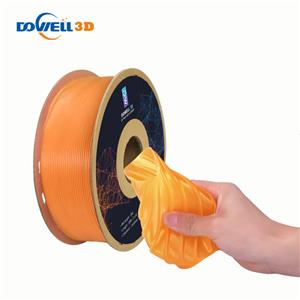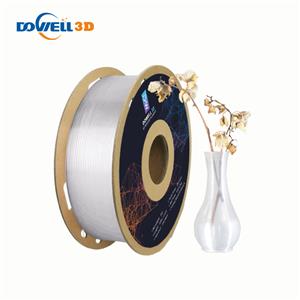What 3d Materials Can You Use for 3D Printing Car Parts?
What Materials Can You Use for 3D Printing Car Parts?
If you want to try DIY 3D printing, you must know the various materials that can work for the procedure. While various materials can work, we’ll only review three types that can work with almost all types of 3d PRINTERS. These three include, PLA, ABS, PETG.
The three most common types of plastic filament that an entry-level machine can easily print: PLA (Polylactic Acid), ABS (Acrylonitrile Butadiene Styrene), and PET-G (Polyethylene Terephthalate-glycol-modified). Each type is has its advantages and disadvantages.
1. ABS
Acrylonitrile Butadiene Styrene (ABS) is the most popular filament in 3D printing automotive parts. The reasons for its widespread use in making 3D printed car parts are not far-fetched. It can withstand a wide temperature range (-20°C – 80°C) for extended periods. It is also very flexible and shock-resistant. Finally, its transition-to-glass temperature is high, which means it can withstand higher temperatures than most materials when in use.
However, it is prone to warping; hence, using a 3D printer with a heated bed is advisable when working on ABS.
2. PLA
The warping of ABS could be an issue for some. If you belong to that category, then the next best material for 3D printing car parts is PLA filament. This is more suitable for 3D printers without heated enclosures and would not warp easily. However, it is not as shock-resistant as ABS, and its transition-to-glass temperature is lower.
3. PETG
PETG is essentially an upgrade on PLA. It is suitable with 3D printers that don’t have printer beds and is less prone to adhesion. However, it is more shock and heat resistant than PLA. Its cost is also similar to that of PLA. The only problem you might have with this filament is its occasional poor adhesion characteristics.




